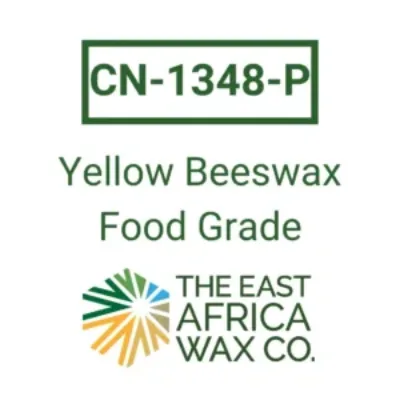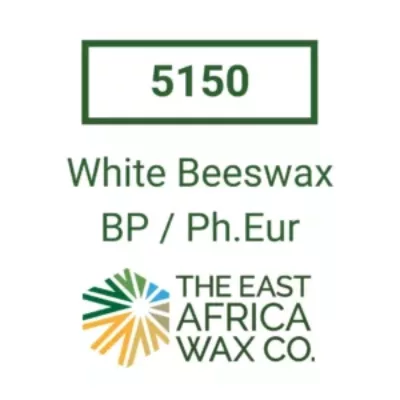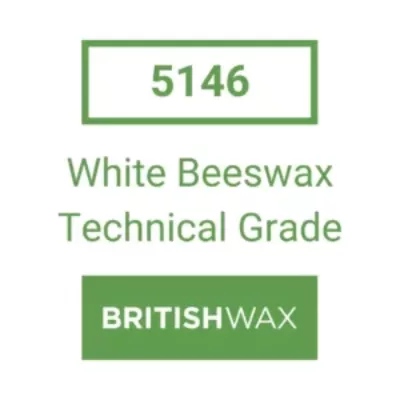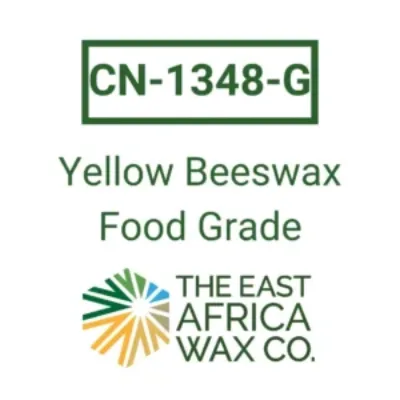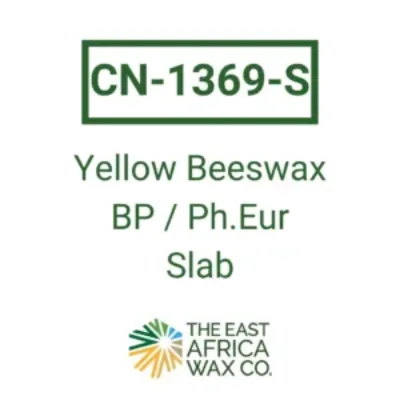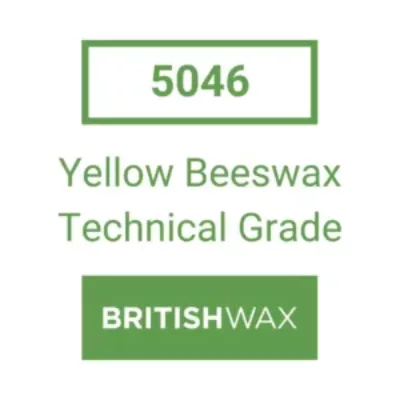Passionate about Beeswax
Beeswax is a super sustainable natural wax used in a variety of applications.
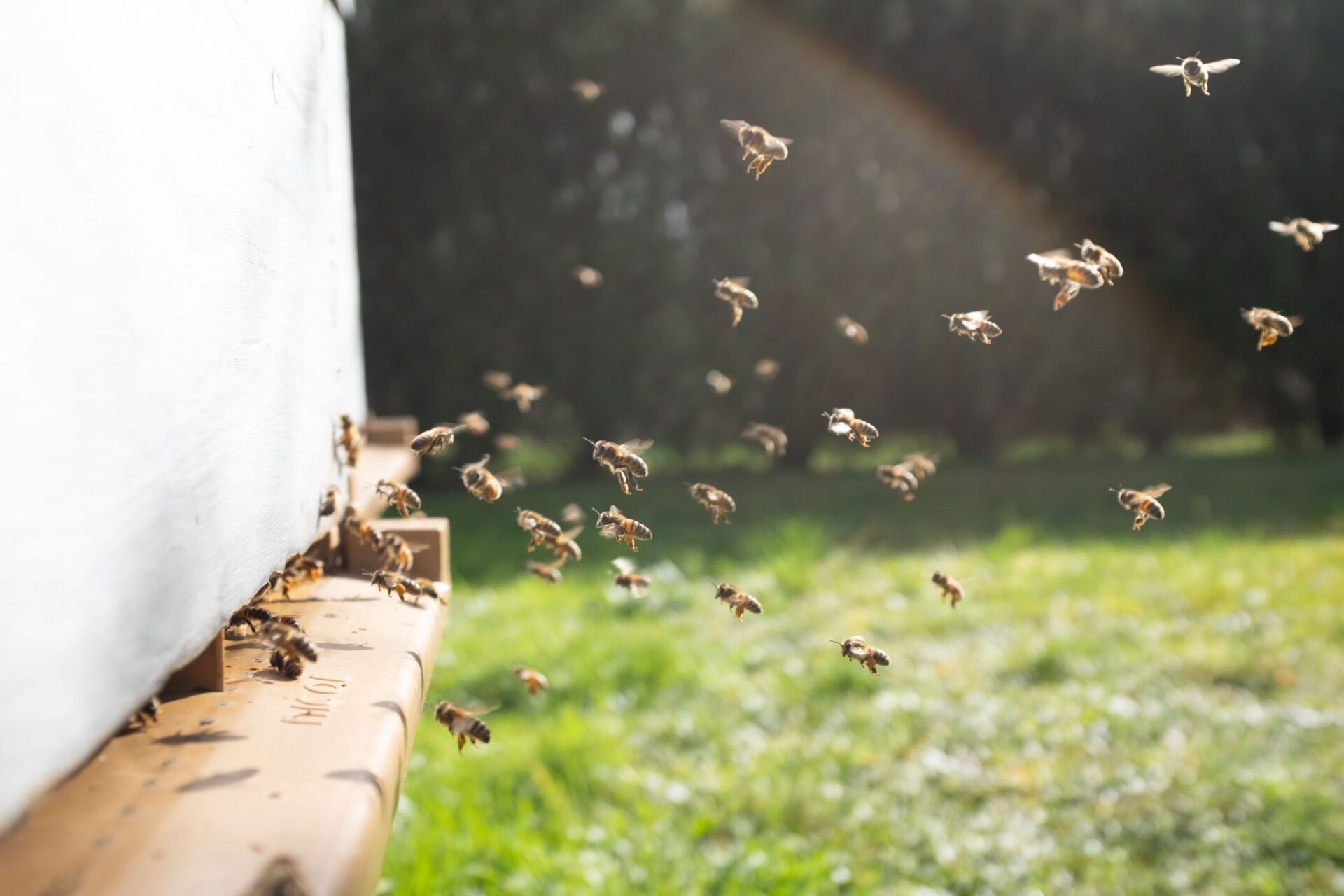
Beeswax Grades and Applications
We have been refining beeswax for +100 years to a variety of different technical standards and for a variety of industries:
- Raw/Coarse Filtered
- Technical/general use (industrial grade/candles)
- BP (British Pharmacopoeia) Grade
- Ph Eur. Grade
- Food Grade
- Synthetic (containing beeswax)
- Organic Certified
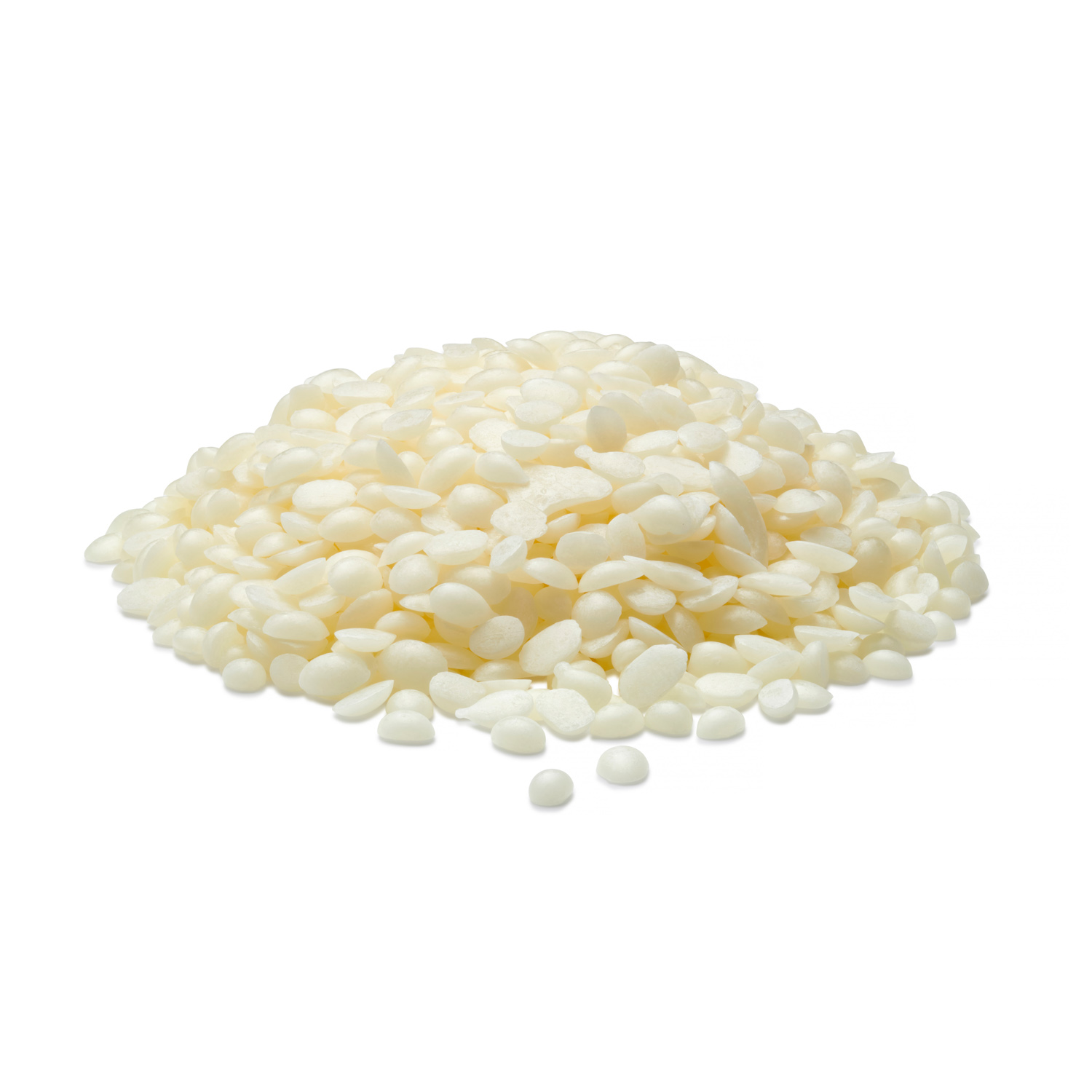
Beeswax can differ in purity. General technical beeswax will contain some impurities such as pollen, oils or proplis. Cosmetic grade beeswax contains less impurities than general grade. Whilst Food and Pharma grade beeswax is the most pure.
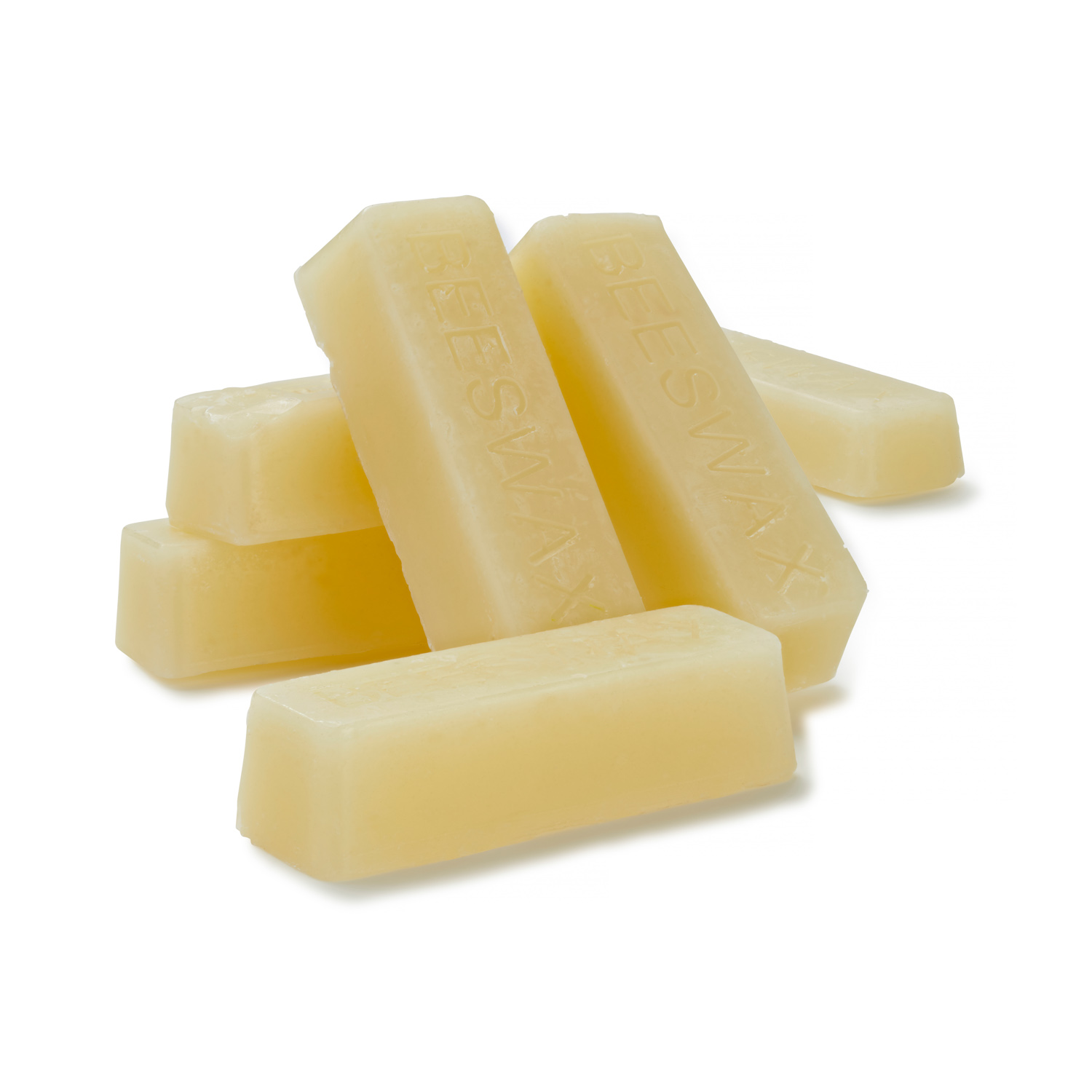
Our beeswax is tested in our lab and by external laboratory to ensure it is within our tight specifications. We provide batch CoA which ensure our customers have confidence that the beeswax we supply is high quality without adulteration. We are committed to delivering pure beeswax to the market.
Our beeswax is supplied in slabs, pellets, small blocks and granules. And is available in yellow – white.
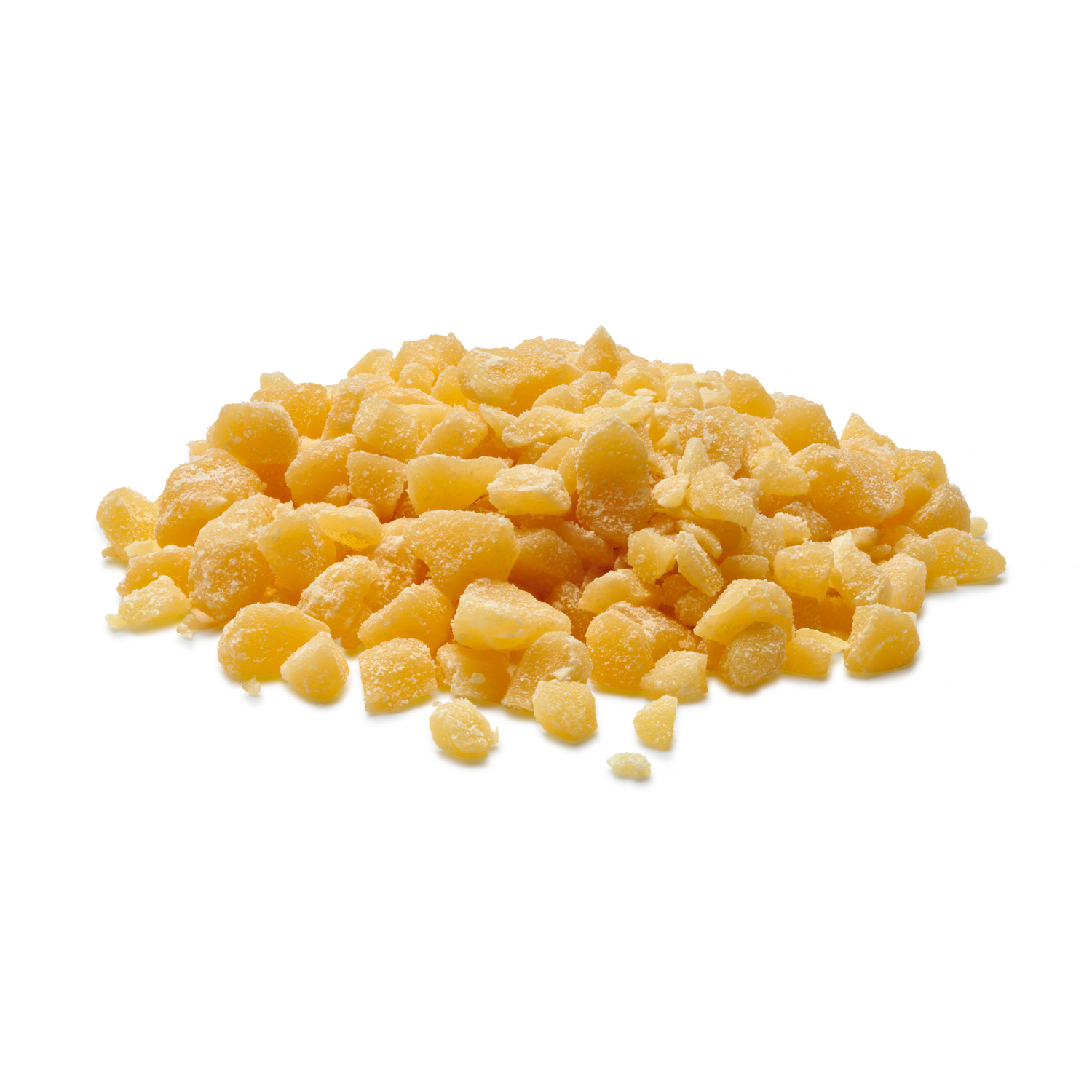
What to know about beeswax
Melting Point: Between 61-66C, however values within this range are not a guarantee of purity.
Acid Value: Acid value is the measure of hydrolytic rancidity. In general, it gives an indication about edibility. Typical Cosmetic Grade Acid values range from 16.8 to 24, even our general technical beeswax Acid Values are 17-24 mg KOH/g.
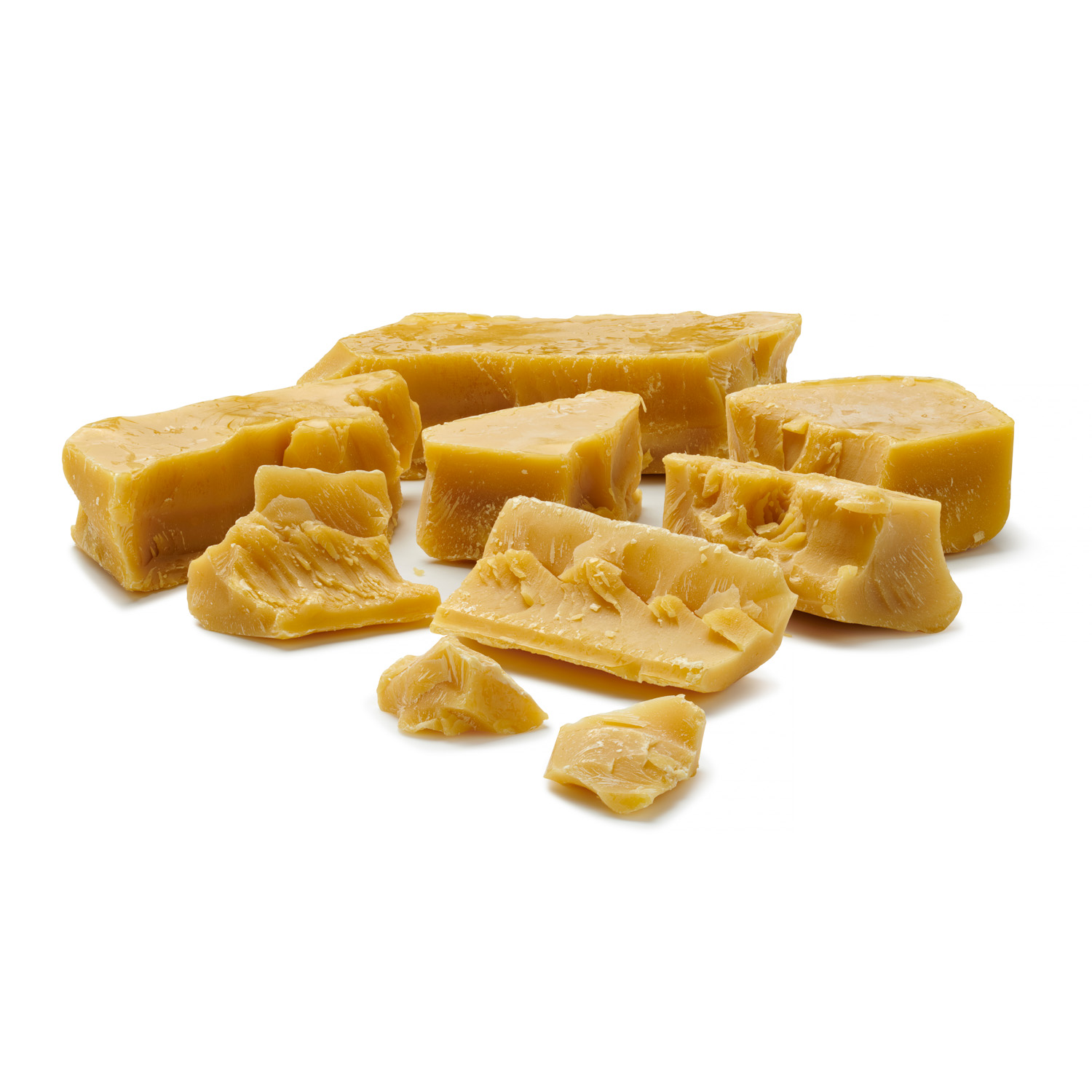
Ester Value: Pharmacopoeia list ester values from 66 to 82, but most beeswax ranges between 72 and 80. Tulloch (1980) suggests, for cosmetic grade values of 70 to 80 are most typical. This value is calculated by subtracting the acid value of oil from the saponification value. Typical Cosmetic Grade values are from 66 to 82. All our beeswaxes range between 70 and 80 even for general technical grade.
Saponification: The cloud point measures the amount of hydrocarbons, which saponify (turn into soap). If the solution becomes clear at or below 65 degrees Celsius, the wax is probably unadulterated with paraffin saponification value of beeswax is 85-104. This is officially accepted, sensitive method for determining adulteration. High value of saponification value are considered to be better. Our beeswaxes range between 87-104 saponification value, even the general technical grade.
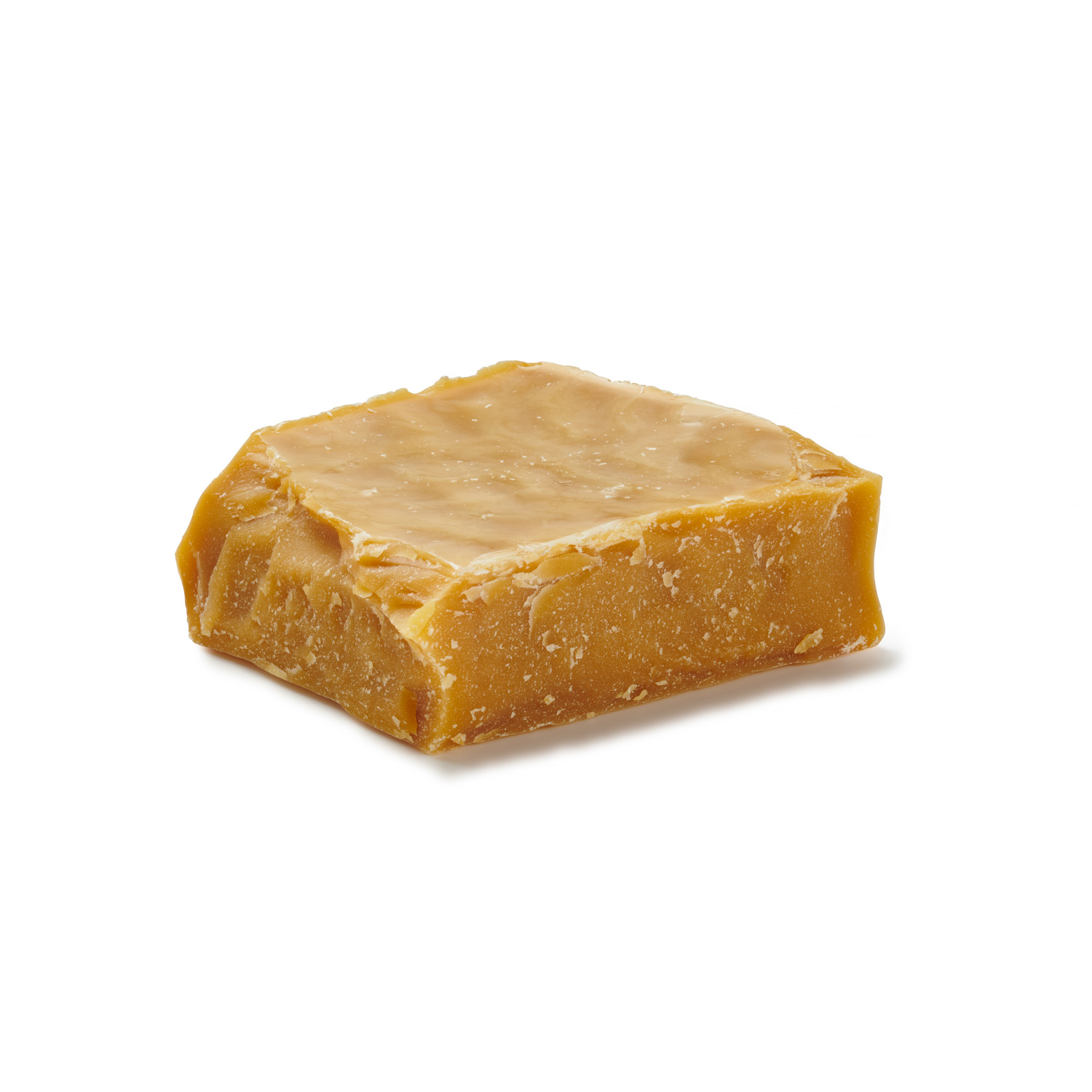
Colour: Beeswax colour will vary depending on origin location, plants foraged, bee species and the refining process. Beeswax is usually a natural yellow colour.
When the bee comes back from foraging, it brings nectar and pollen into the hive producing wax which is a lovely golden hue. The beeswax can be filtered, refined and processed to almost white/cream and pure white.
From testing products on the UK market at various times, we know our general use beeswax is purer and better quality than other suppliers.
Our beeswax can be used to provide texture, lasting hold, emollience, definition and waterproofing, as well as rheology modifying. In the Personal Care industry, our beeswax products are used for moisturisers, cleansers, nail and lip care (including lip balms and lipsticks), hair care (including hair waxes), massage wax and body butters. We support Bees for Development and Wild Survivors through our business venture the East Africa Wax Company based in Kenya. www.beesfordevelopment.org
www.eastafricawax.co
www.wildsurvivors.org
We are proud to provide full transparency ethically sourced pure wild beeswax which benefits people, plants and our planet.

